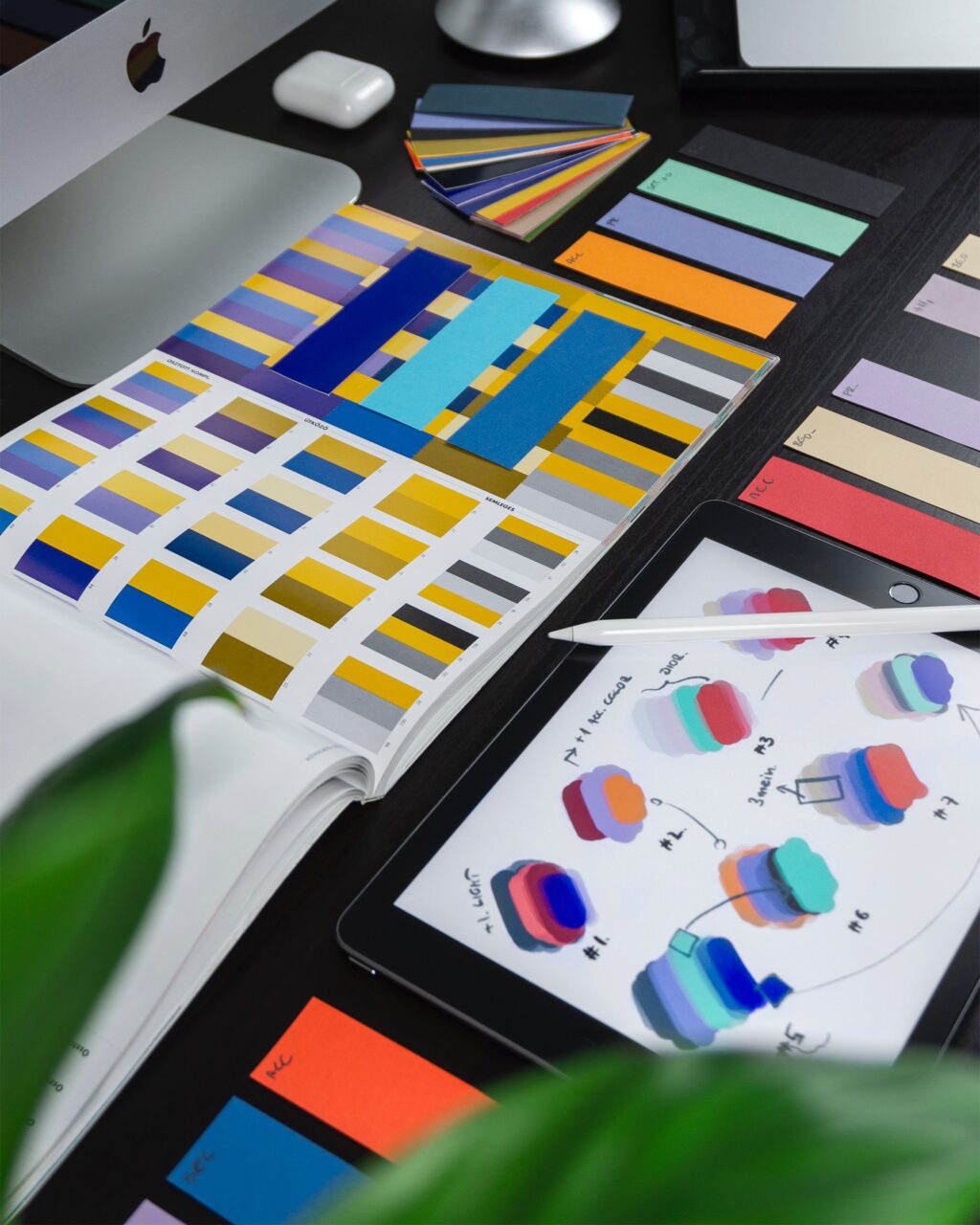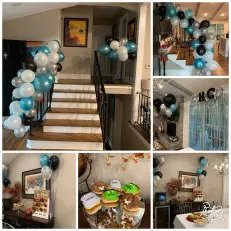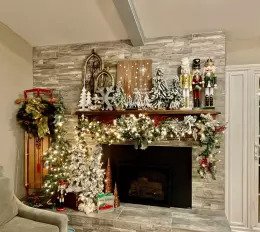What is that behind him?
Since the onset of the pandemic and our migration into a seemingly virtual world, we’ve gotten glimpses inside the homes and offices of people you normally would have never seen before. It’s pretty cool to see how the other half live, am I right? The vast differences in what you saw during those virtual interactions did not go unnoticed. Claude Taylor and his girlfriend, Jessie Bahrey started @ratemyskyperoom aka RoomRater on Twitter – offering snarky critique not of the news or those giving it, but the rooms in which the narrative was being delivered. The goal? 10 out of 10 and escape harsh review of the painting or vase Aunt Betty gave you as a wedding gift or the trinket you picked up on your vacation to Taos. The response was electric. Pop icons, Celebs to big name politicians (Former Presidential Candidates, Senators and VP’s) often updated their outdated backgrounds or swamped their décor to bump up their @RoomRater score. Pundits or analysts getting docked points for dangling electrical cords, dead plants or honestly, the lack of anything.
I spoke to Taylor in July of 2020 about the origins of Room Rater and why he thinks it became so significant during Covid-19 quarantine. “It was a pleasant distraction, like baking or anything people were doing while stuck at home. I’m a bit of a political junkie and watch a lot of news. I started to notice the backgrounds on TV, Jessie and I would text/talk about it and thought, this would make for good public banter. Thus @ratemyskyperoom was born.” Their book, “How to Create your Best Room to Zoom in the Post Pandemic Era” arrives in Spring 2022.
Dressing the set
Why am I telling about you this slice of pandemic nostalgia? Professionals have been analyzing backgrounds on TV and film for as long as it’s been in existence. There are hits and misses every day. Local news rebrand their sets every few years, not because they want to spend millions of dollars (yes, millions) but they’ve heard from the viewing public they hate the couch, the plant…the painting makes them nauseous, the décor on the mantle during the Lifestyle show is horrible and reminds them of an retirement home. All of these are actual comments received across the country.
Take a moment to think about the last time you turned on the television and really noticed what was in the background. You can, but you can’t, right? Scripted television, including TV news and segments that air within those programs go to painstaking efforts to make sure that set decoration doesn’t distract from the message that is being delivered. Industry professionals call the overall act “Dressing the Set.”
Dressing the set is not to be mistaken with props – which are objects handled by actors and managed by an entire staff, appropriately named, the Prop Department. For our purposes we are going to focus on dressing a set for TV; anything and everything from infomercials to a live TV segment with a doctor talking about the latest COVID-19 vaccine. Once a project has been secured, identify where the interview will be taking place. Will it be virtual in someone’s home? A television studio?
Less is more
My daughter calls me “extra” in most areas of my life – I overdo just about everything from simple party decorations (see photo) to holidays décor (see photo) and our Elf on the Shelf (again, see photo) – the one place I am not extra: dressing the set. Less is more. Simplicity is key. It’s 100% ok to over-shop (you’re welcome TJ Maxx and Target) but you don’t need to add everything you buy to the set. Having more options than not is ALWAYS a good thing.




